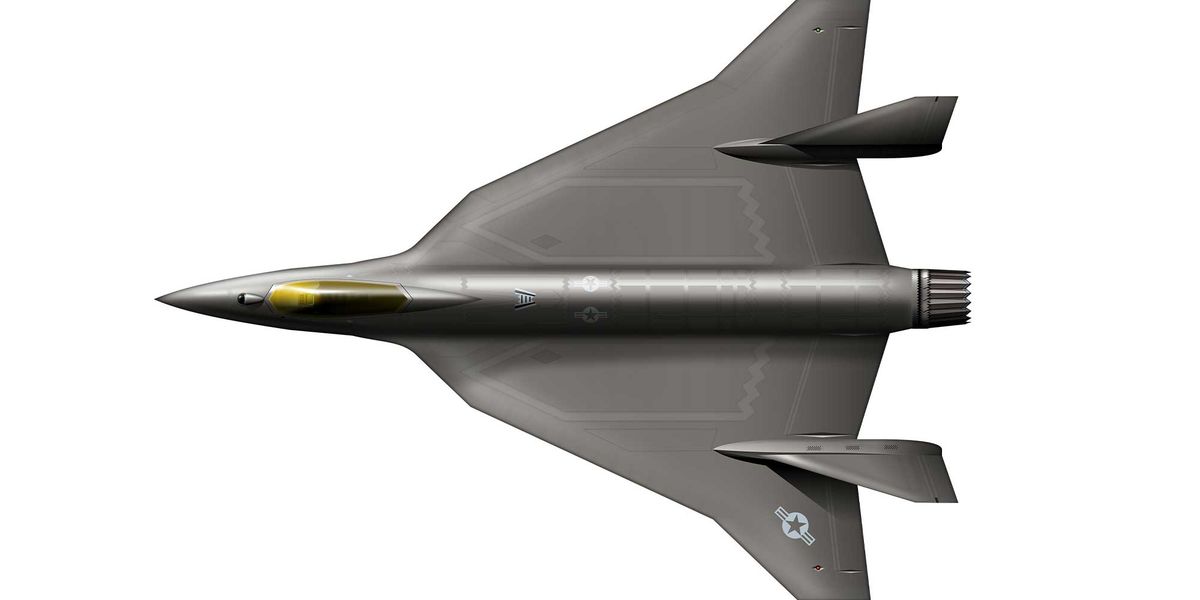@rooster : the Eagle is a massive twin engine and that has an impact on cost. Increasing performances is mainly on cost, availability and maintenance. Raw performances would benefits from being designed today with better engines, better aerodynamics and lighter structure. It would be an aircraft that ideally dominates most adversaries on a one on one situation while being less ressource intensive to produce. That way, if possible, there would be a path to secure the attrition war problem and the technology transfer dilemma that the US have with allies not ready to get on the F-35 program.
Air dominance is not the goal also as I understand it. For that, the aircraft will have to operate with the F-35 and other platforms such as ngad.
CAS in contested airspace would dictate stealth on a VLO basis. That aircraft would try to push that boundary without the surge on operational cost attached to VLO.



